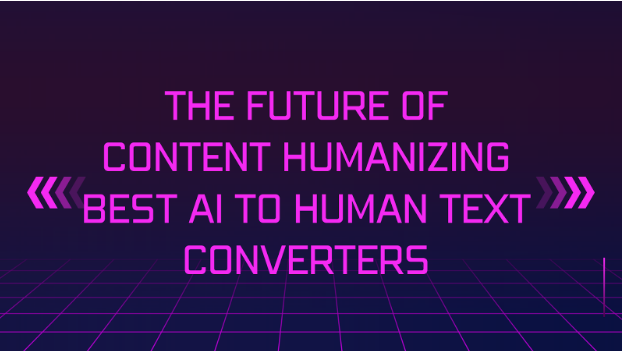Introduction
Graph Neural Networks (GNNs) are a class of machine learning models that have recently become popular in the field of computer vision. In particular, spatio-temporal GNNs have shown promise in various applications such as action recognition, traffic prediction, and molecular dynamics simulation. This article serves as a beginner’s guide to spatio-temporal GNNs, discussing their architecture, training, and applications.
What are Spatio-Temporal Graph Neural Networks?
Spatio-temporal GNNs are a type of GNN that operates on a graph structure where the nodes represent entities and the edges represent relationships between them. In addition to spatial relationships, spatio-temporal GNNs also capture temporal dependencies between entities. The nodes can represent anything from pixels in an image, to atoms in a molecule, to individuals in a social network.
Architecture of Spatio-Temporal Graph Neural Networks
Spatio-temporal GNNs consist of multiple layers of computations that update the node features based on their neighbors’ features. The node update function is defined as a learned function that takes the features of the node and its neighbors as input and outputs an updated feature vector. This update function is applied to all nodes in parallel, and the output of each layer is fed as input to the next layer.
Training Spatio-Temporal Graph Neural Networks
The training process for spatio-temporal GNNs involves optimizing a loss function that measures the difference between the predicted output and the ground truth. The backpropagation algorithm is used to update the weights of the neural network, which are learned during training. The choice of loss function depends on the specific application, but common choices include mean squared error and cross-entropy loss.
Applications of Spatio-Temporal Graph Neural Networks
Spatio-temporal GNNs have shown promise in various applications, including:
Action Recognition
Spatio-temporal GNNs can be used to recognize actions in videos by modeling the spatio-temporal relationships between the different body parts involved in the action.
Traffic Prediction
Spatio-temporal GNNs can be used to predict traffic patterns by modeling the spatial and temporal dependencies between different locations.
Molecular Dynamics Simulation
Spatio-temporal GNNs can be used to simulate the behavior of molecules by modeling the interactions between atoms.
Challenges and Future Directions
Despite their promise, spatio-temporal GNNs face several challenges, including scalability, interpretability, and generalization to unseen data. Future research will focus on addressing these challenges and developing more effective architectures and training algorithms.
Conclusion
Spatio-temporal GNNs are a powerful class of machine learning models that can capture both spatial and temporal dependencies between entities in a graph structure. They have shown promise in various applications, including action recognition, traffic prediction, and molecular dynamics simulation. However, they also face several challenges that need to be addressed to fully realize their potential.









Leave a Reply